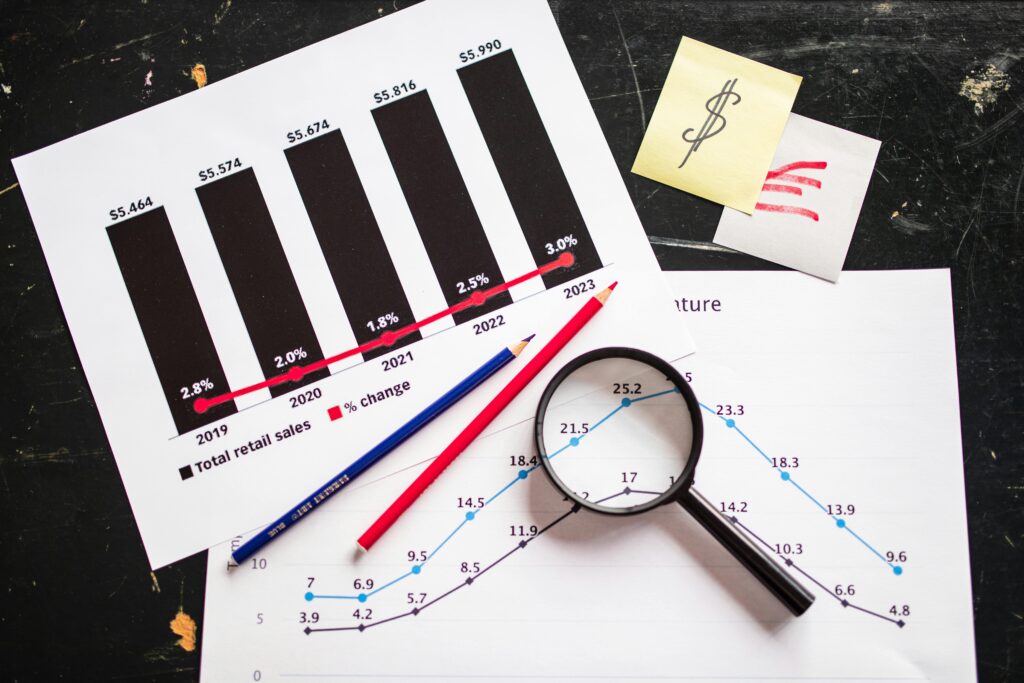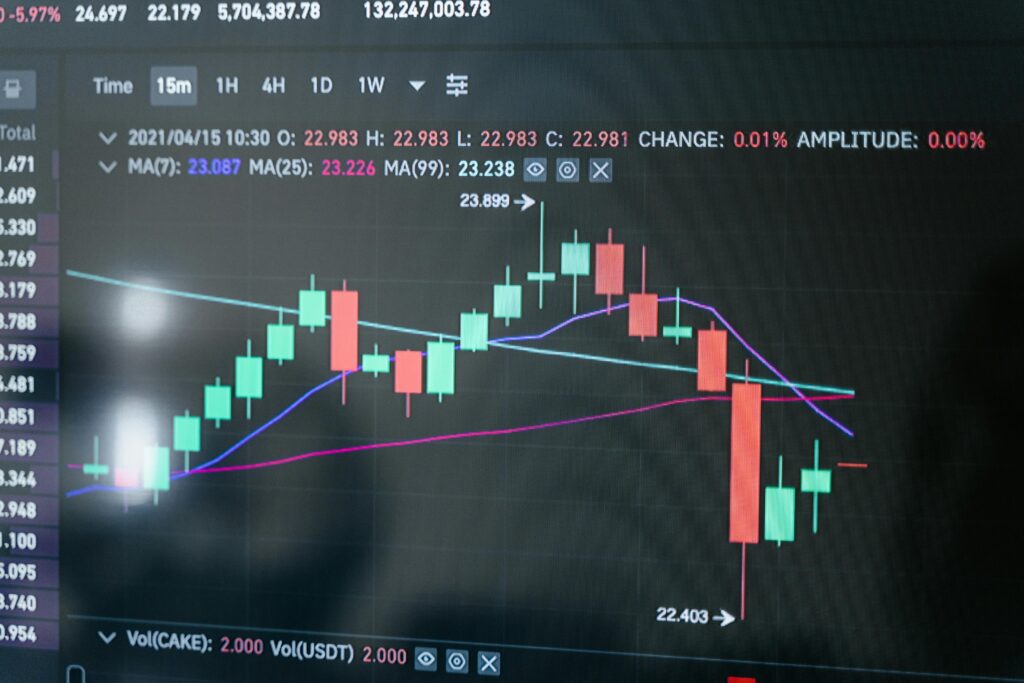
Table of Contents
Have you ever felt overwhelmed by the countless investment options available in the market? 🤔 In a sea of mutual funds, ETFs, and individual stocks, it’s easy to get lost. But what if there was a way to simplify your investment strategy while still aiming for solid returns? Enter the world of benchmark funds.
Benchmark funds offer a straightforward approach to investing, designed to mirror the performance of specific market indices. These funds have gained popularity among both novice and seasoned investors for their simplicity and potential for steady growth. But are they the right choice for you? 🎯
In this comprehensive guide, we’ll dive deep into the world of benchmark funds. From understanding their core principles to exploring their various types and benefits, we’ll equip you with the knowledge you need to make informed investment decisions. We’ll also discuss how to select the right benchmark fund, evaluate potential risks, and incorporate these funds into your overall investment strategy. So, buckle up as we embark on this enlightening journey through the realm of benchmark funds! 📈💼
Understanding Benchmark Funds
A. Definition and purpose
Benchmark funds are investment vehicles designed to track and replicate the performance of a specific market index. Their primary purpose is to provide investors with a passive investment strategy that mimics the returns of a chosen market segment.
| Aspect | Description |
|---|---|
| Goal | Match index performance |
| Strategy | Passive management |
| Diversification | Broad market exposure |
B. How they differ from other investment funds
Benchmark funds differ from actively managed funds in several key ways:
- Lower fees due to passive management
- Transparent holdings that mirror the index
- Predictable performance aligned with the market
Types of Benchmark Funds
A. Equity benchmark funds
Equity benchmark funds track stock market indices, offering exposure to a broad range of companies. These funds typically mirror major indices like the S&P 500 or FTSE 100, providing diversification across various sectors and company sizes.
| Fund Type | Example Index | Key Characteristics |
|---|---|---|
| Equity | S&P 500 | Large-cap, diverse |
| Equity | Russell 2000 | Small-cap focus |
B. Fixed income benchmark funds
Fixed income benchmark funds:
- Track bond market indices
- Offer exposure to government and corporate bonds
- Provide steady income and lower volatility
Next, we’ll explore balanced and sector-specific benchmark funds.
Benefits of Investing in Benchmark Funds
Diversification advantages
Benchmark funds offer investors broad market exposure, reducing risk through diversification. By tracking a specific index, these funds automatically spread investments across multiple securities, minimizing the impact of poor performance from individual stocks.
Lower management fees
- Lower costs compared to actively managed funds
- Passive management approach
- Reduced trading activity
- Higher potential returns due to lower fees
| Fee Type | Benchmark Fund | Actively Managed Fund |
|---|---|---|
| Expense Ratio | 0.1% – 0.5% | 0.5% – 2% |
| Trading Costs | Minimal | Higher |
Selecting the Right Benchmark Fund
Assessing your investment goals
Before choosing a benchmark fund, it’s crucial to align your investment objectives with the fund’s characteristics. Consider factors like:
- Risk tolerance
- Investment horizon
- Desired returns
- Sector preferences
Evaluating fund performance history
| Metric | Importance |
|---|---|
| Historical returns | High |
| Volatility | Medium |
| Consistency | High |
Analyze the fund’s track record, comparing its performance to the benchmark index over various time periods. Look for consistent returns and low volatility.
Risks and Limitations of Benchmark Funds
Lack of outperformance potential
Benchmark funds, while stable, inherently limit the potential for outperforming the market. By design, these funds aim to match, not exceed, their underlying index’s performance.
Market risk exposure
| Risk Factor | Impact on Benchmark Funds |
|---|---|
| Market Volatility | Direct correlation |
| Economic Downturns | Limited protection |
Investors in benchmark funds are fully exposed to market fluctuations, lacking the cushioning effect active management might provide during economic downturns.
Strategies for Incorporating Benchmark Funds in Your Portfolio
Core-satellite approach
The core-satellite approach combines benchmark funds as the core holding with actively managed funds as satellites. This strategy provides a stable foundation while allowing for potential outperformance.
| Component | Purpose | Example |
|---|---|---|
| Core | Stability | S&P 500 Index Fund |
| Satellite | Outperformance | Sector-specific ETF |
Blending with actively managed funds
Blending benchmark funds with actively managed funds can optimize your portfolio. This approach balances low-cost market exposure with the potential for higher returns.
Future Trends in Benchmark Funds
Rise of ESG benchmark funds
ESG-focused benchmark funds are gaining traction as investors prioritize sustainability. These funds track indices that consider environmental, social, and governance factors, offering a balanced approach to responsible investing.
| Trend | Impact |
|---|---|
| ESG Integration | Increased focus on sustainable investments |
| Customization | Tailored benchmark funds for specific investor needs |
| AI in Management | Enhanced decision-making and risk assessment |
Increased customization options
Benchmark funds are evolving to offer more personalized options, allowing investors to align their portfolios with specific goals and values. This trend caters to the growing demand for tailored investment solutions.
Benchmark funds offer investors a unique opportunity to replicate the performance of specific market indices, providing a cost-effective and transparent investment vehicle. As we’ve explored, these funds come in various types, each catering to different investment goals and risk tolerances. Their benefits, including diversification and lower fees, make them an attractive option for both novice and experienced investors alike.
However, it’s crucial to approach benchmark funds with a clear understanding of their risks and limitations. By carefully selecting the right fund and incorporating it strategically into your portfolio, you can harness the power of market-wide performance while aligning with your financial objectives. As the investment landscape continues to evolve, stay informed about emerging trends in benchmark funds to make well-informed decisions and potentially enhance your long-term investment success.






